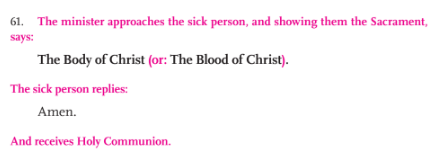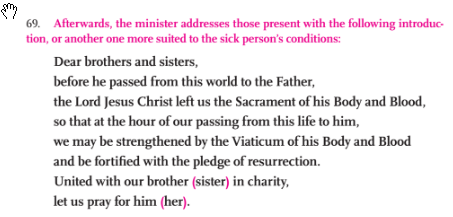I started directing a choir when I was 22 years old. I was fresh out of music school and had started a grad degree at Catholic University. I’m surprised I made it past my first few months. Most of the choir was over sixty. Some were Vatican II revolutionaries, the baby-out-with-the-bathwater folks who pronounced “amen” as “aye-men.” The same people who lived through drastic change during the 60’s were determined that once they crossed over the vernacular and folk music threshold, would never look back and there was nothing new to look forward to. I suppose no one wanted to turn in to a pillar of salt. Or they thought that their generation owned the new style and had no desire to sing music that they didn’t own, that wasn’t created on their watch, and didn’t have modern, popular appeal.
And yet art music, especially Latin motets and chant was and is their own, but now like the unwelcome cousin at the family reunion. Most of our parishioners are college educated and though removed by generations, have roots in Europe. Why should any suburban parish have wanted to sacrifice Palestrina on the altar of congregational participation? Because it seemed like the right thing to do in order to sweep in the new order. And now a few decades later, that mindset is pervasive from pastor down to the guy who sits in the back corner and leaves before Mass is over. Some parishioners don’t even like the idea of a cantor with a trained voice. Even if the mic is adjusted properly and his voice isn’t shattering eardrums, some people still think a trained musician means the music they sing isn’t authentically of the people.
First, we need to define terms. Art music and classical music are synonymous. From the New Harvard Dictionary of Music, art music has
…perceived characteristics as poise, balance, proportion, simplicity, formal discipline, and craftsmanship, and universal and objective (rather than idiosyncratic and subjective) expression… a standard or model of excellence, one of enduring value.
Folk music according to the same publication is
Music in oral tradition, often in relatively simple style, primarily of rural provenance, normally performed by non-professionals, used and understood by broad segments of the population and… characteristic of a nation, society or ethnic group and claimed by one of these as its own.
The challenge with folk music for Mass is that given this definition, it is meant for specific nations or ethnic groups. The more we create music specific for a small group of us – even if that group is that Catholic church goers in the USA, the more we depart from the idea the Church is universal.
Still, some think that art music in church is somehow an ugly, unwelcome of everything that we aren’t. If you think there is something inherently wrong with art music, then imagine this.
In 1498, a french Cardinal picked a man from his congregation at random and handed him a hammer and chisel. He said, “Over there is a block of Carrara marble, from which I would like you to craft a statue of the Madonna holding the body of Jesus after he is taken down from the cross. I want this sculpture to be special, therefore I have chosen you – who could have been any man – to carve this stone. You represent the people, use your vision and it will be that of my whole flock. A thousand years from now people will still come to see your statue, because it was made by one of the people.” And the man said, “But I am a butcher, I have never carved stone and would not know where to start.” The Cardinal replied, “I don’t want an artist. If this is made by a artist it won’t be authentic. It won’t express what the people feel or think.” And the man started to clink clink away at the marble.
Of course this didn’t happen, and wouldn’t have happened in that time. Michelangelo was commissioned to make the Pietà as the Cardinal’s funeral monument. Centuries later the Cardinal is largely forgotten, while the Pietà is venerated. The statue is realistic to the last detail, a merger of the ideals of classical art and the Renaissance style. It’s moving and most of all is beautiful, undeniably beautiful. It’s been viewed by generations of pilgrims to Rome. It was beautiful from the start and will be beautiful until the end of time.
So why, if we have models of timeless beauty that propel man toward God, do we venerate the idea that folk music and folk art belongs in church instead of classical art and music? Ink and pixels have been spent on this, by people who range from professors to cranks.
I’ll keep it simple – if you had the choice between something truly beautiful and timeless that pointed you toward God, instead of music that apes campfire songs, Disney ballads or throbbing rock tunes, why would you choose the latter? The answer is sadly that many people have lost the idea of art as elevating the spirit and have replaced it with the idea that art should make us feel good in the most superficial sense.
For me, there’s plenty of time outside of Mass to listen to music that makes you feel good. That doesn’t mean that our Masses and worship of God should sound like the music was snatched out of the recycle bin at Disney Studios.
A thousand years from now, baring catastrophe or mass destruction, people will still visit Rome to see the Pietà. The Lion King won’t even be a footnote in music history class.



